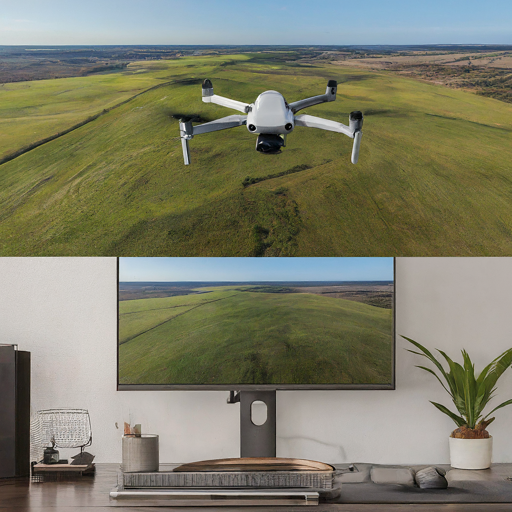Current drone regulations often involve one fundamental rule: keep your drone within sight. While understandable from a safety perspective, this can severely limit the scope of drone applications. Imagine deliveries over long distances, infrastructure inspections over vast areas, or search and rescue missions through remote terrain. Remote ID holds the potential to reshape these limitations and pave the way for widespread, safe BVLOS flights.
The Challenge of BVLOS Today
- Pilot Blindness: Beyond a certain distance, a pilot can't reliably see where their drone is, what hazards it might encounter, or if it's conflicting with other aircraft.
- Loss of Control: Radio signals can get disrupted. If the pilot loses connection while out of sight, the drone becomes a potential liability.
- Airspace Concerns: Without visibility, it's incredibly difficult to ensure the drone isn't straying into restricted zones or interfering with manned aviation traffic.
How Remote ID Changes the Game
- Real-Time Situational Awareness: Remote ID broadcasts a drone's location, altitude, and identity. This gives both authorities and connected pilots a real-time picture of airspace activity, even for drones beyond sight.
- Enabling Remote Tracking: Ground stations or even other manned aircraft could monitor Remote ID data feeds, serving as virtual 'eyes in the sky' for extended-range drone operations.
- Data-Driven Safety: The information generated through Remote ID, when combined with predictive analytics, could dynamically assess the risk of a BVLOS flight path even without direct visual observation.
Unlocking Possibilities: Where BVLOS Shines
Let's imagine a world where Remote ID enables routine BVLOS flights:
- Delivery Takes Off: Drones could swiftly deliver medical supplies to remote clinics or vital equipment to offshore locations, bypassing the time constraints of ground-based transportation.
- Inspections with Unmatched Reach: Drones could map miles of power lines, pipelines, or rail infrastructure without the need for time-consuming ground crews or expensive manned aircraft surveys.
- Search and Rescue Redefined: A swarm of drones guided by Remote ID data could rapidly search vast wilderness areas for lost hikers, significantly increasing chances of successful rescues.
The Path to BVLOS: It's Not Just Remote ID
Remote ID alone isn't a magic wand. Here's what else needs to evolve:
- Obstacle Avoidance: Drones need reliable onboard obstacle detection and avoidance systems for truly autonomous BVLOS.
- Traffic Management: Advanced drone traffic management platforms will be needed to coordinate multiple BVLOS flights and ensure safe deconfliction with both manned and unmanned aircraft.
- Regulations and Trust: Authorities need to develop robust protocols for certifying BVLOS systems and approving flight plans, all while building public trust in the safety of this expanded airspace use.
The Future of Flight
Remote ID, in concert with other technological advancements, could lead to a future where drones safely navigate far beyond our sightlines. Picture a network of drones conducting routine inspection missions, delivering packages over long distances, or extending emergency assistance to remote areas. These aren't faraway dreams, Remote ID starts to make them possible.
